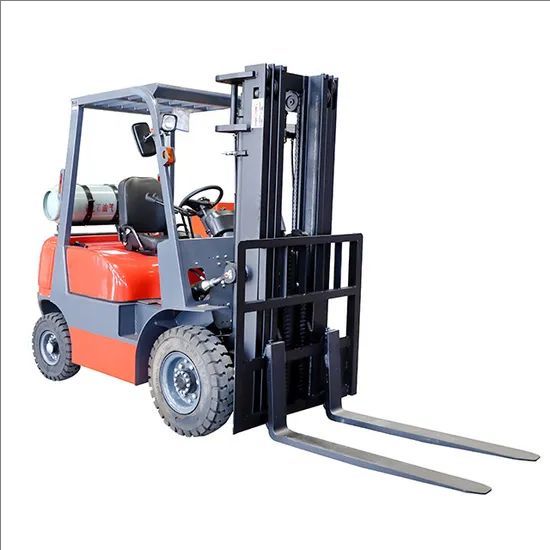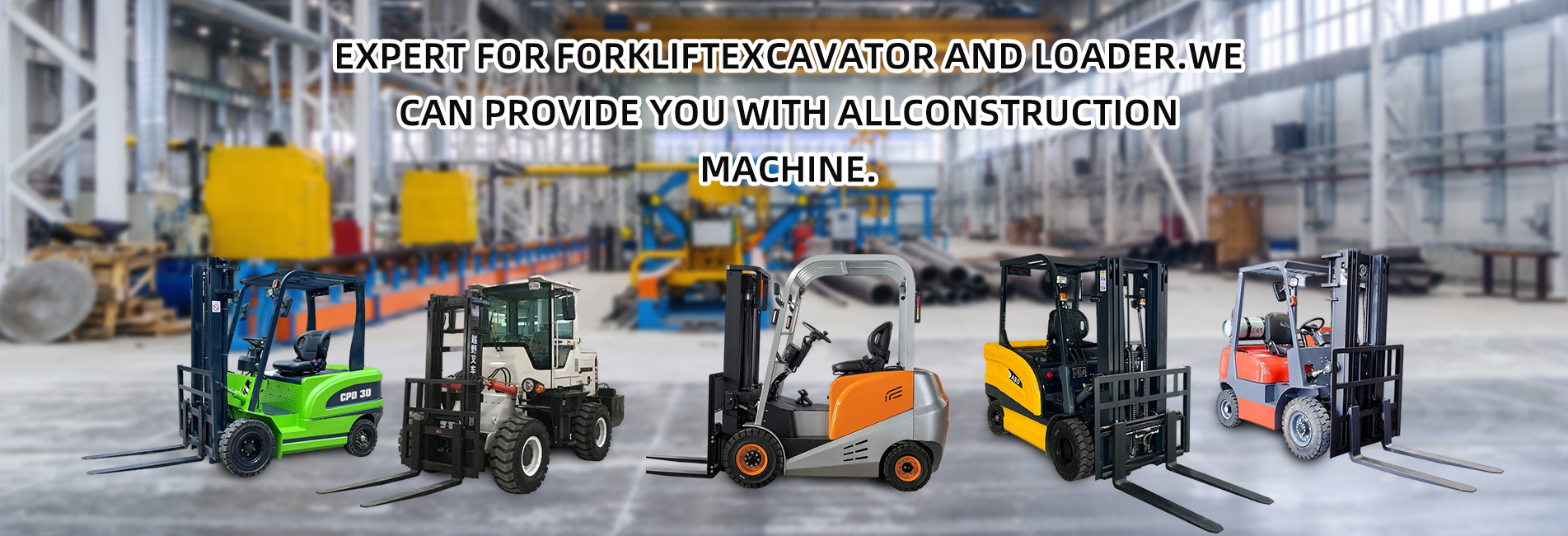Small-tonnage LPG forklifts (usually referring to liquefied petroleum gas forklifts with a rated lifting capacity of about 1-3 tons) play an important role in various scenarios due to their characteristics of flexibility, environmental protection, and stable power. They are especially suitable for scenarios with high requirements for operating space, environmental protection, and operational convenience. The following are their main application fields and specific functions:

I. Warehousing and Logistics Field
- Goods Loading, Unloading and Handling: In small and medium-sized warehouses and logistics transfer stations, they are used to handle palletized goods (such as cartons, packages, small and medium-sized parts), complete short-distance transfer from trucks to warehouse shelves or within the warehouse, adapt to operations in narrow passages, and improve space utilization.
- Shelf Access: Equipped with standard masts or three-stage masts, they can access goods on low and medium shelves (usually 3-5 meters). They are suitable for replenishment and picking links in e-commerce warehouses and small distribution centers.
- Short-distance Container Operations: In small container yards or freight stations, they assist in loading and unloading small goods in containers without relying on large forklifts, reducing equipment costs.
II. Manufacturing Scenarios
- Material Transfer in Workshops: In small and medium-sized manufacturing workshops such as electronics, light industry, and food processing, they transport raw materials (such as plastic particles, metal wires) and semi-finished products (such as assemblies, molds) to meet the material flow needs between production lines and temporary storage areas. Since LPG forklifts have cleaner exhaust emissions than diesel forklifts, they are suitable for industries with high requirements for workshop environments (such as food and medicine).
- Auxiliary Movement of Small Equipment: They transport small machines, tooling fixtures, etc., with a weight of less than 3 tons, and cooperate with manual work to complete equipment installation, debugging, or shifting.
III. Commercial and Retail Industry
- Supermarket/Mall Replenishment: In the back warehouses or distribution areas of large supermarkets, they transport whole boxes of goods (such as beverages, daily necessities), from unloading from trucks to warehouse storage, and then to shelf replenishment, flexibly adapting to the limited passage space in supermarkets.
- Building Materials/Home Furnishing Stores: They transport goods such as ceramic tiles, plates, and small furniture, assist customers in loading, or adjust displays in the stores. Compared with manual handling, the efficiency is significantly improved.
IV. Municipal and Service Industries
- Auxiliary for Municipal Engineering: In small municipal projects (such as street maintenance, park renovation), they transport sand, small pipes, tools, and equipment. Since LPG forklifts do not require an external power supply, they can operate flexibly outdoors, and their exhaust pollution is lower than that of diesel vehicles.
- Waste Recycling and Treatment: In recycling stations, they transport packaged waste such as waste paper and plastic bottles, concentrate them for stacking or loading and transportation, reducing manual labor intensity.
V. Agriculture and Aquaculture
- Farm Material Transfer: They transport feed, chemical fertilizers, agricultural products (such as fruit boxes, vegetable baskets), circulate between warehouses, fields, and breeding sheds, and adapt to non-hardened roads on farms (attention should be paid to tire selection).
- Operations in Small Breeding Farms: They transport breeding equipment, feed bags, etc., to meet the needs of daily feeding and material management.
Core Advantages of Small-tonnage LPG Forklifts
- Flexibility: The body is small with a small turning radius, suitable for operations in narrow spaces (such as warehouse passages, workshop aisles).
- Environmental Protection: LPG burns fully, and the emissions of carbon monoxide and particulates in the exhaust are lower than those of diesel forklifts, making them suitable for indoor scenes or scenes with high environmental requirements.
- Convenience: The fuel (liquefied petroleum gas) is easy to refuel, and the Battery endurance is better than that of electric forklifts (no need for long-term charging), meeting the needs of both indoor and outdoor operations.
In summary, the core value of small-tonnage LPG forklifts lies in "lightweight, efficient, flexible and adaptable". They are especially suitable for short-distance and high-frequency handling of goods within 3 tons, and perform well in scenarios with limited space and environmental protection requirements. They are important equipment for small and medium-sized enterprises to reduce logistics costs and improve operational efficiency.


